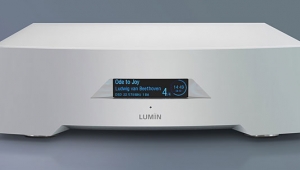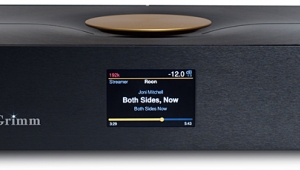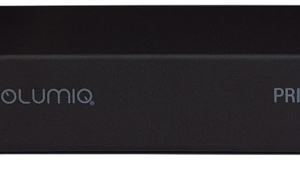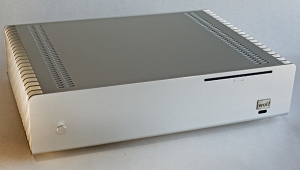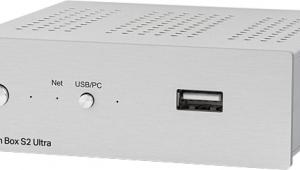| Columns Retired Columns & Blogs |
"Both sounded beautiful, but the Bridge software again delivered clearer sound, with sharper highs, more saturated colors, and maximal liquidity and transparency. Roon's sound was smoother, with more apparent emphasis of the midrange and bass............Swami Serinus predicts: The more files you've got, the more you'll use Roon."
So, ummm, how does one get the best sound and still manage the files? I have methods that work very well on a Mac using any of several players, but the above reads like a "don't go there".
"You can choose among three Mappers, two of which are new. Hint: New Mapper 3 sounds a mite warmer, softer, more analog-like; new Mapper 1 offers sharper lines and more color contrast."
And this Mapper thing, which I'm sure is really great, seems to say once again "you can't get the best sound without another compromise." I wonder whether this inner-DAC mapping will become some kind of future standard, be more automated, make better choices for the user who doesn't want to fiddle with it....










